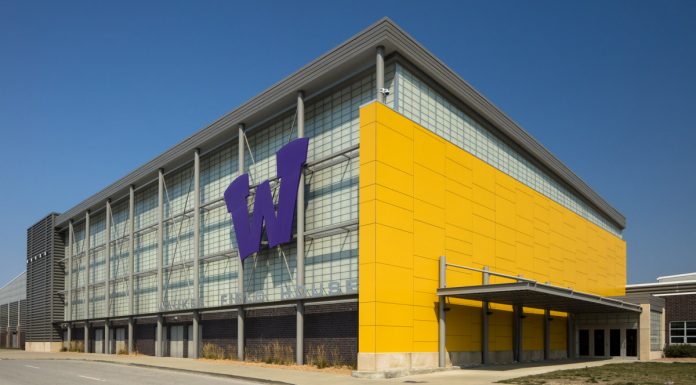May was another strong month for state revenue, as tax collections were 28.1 percent higher than what was collected in May 2018. The $145 million increase in monthly collections raised the year to date growth in state revenue to 7.8 percent in Fiscal Year 2019, putting the state well ahead of the Revenue Estimating Conference’s projection of 4.8 percent growth. Personal income tax collections rose by $46.2 million in May, which is a 12 percent increase over May 2018. For the year, personal income tax is up 4.4 percent through May. This is ahead of the REC projection of 2.7 percent growth in the largest category of state tax revenue. These collections are occurring at a time when state withholding tax tables were lowered in January, after the 2018 state tax reform law. Iowans are also deducting less federal tax payments, due to the federal tax cut package being enacted in December 2017.
Sales and use tax revenue rose for the month as well, increasing by 3.7 percent over May 2018. For the year, sales and use collections are up 3.8 percent over FY 2018. This amount is lower than the 5.9 percent growth forecasted by the REC. One potential factor in the difference is the new collection of sales taxes on internet sales. Across the country, states are seeing that actual collections from this new line of revenue are not meeting their initial projections. Also, the impact of wet spring can be felt, as construction projects and the sales of construction products have been adversely impacted.
Corporate income tax again had a very strong month, increasing collections by $23.9 million – a 94.1 percent increase over May 2018. For the year, corporate tax has grown by 33.1 percent over FY 2018. This is well beyond the 15.4 percent growth forecast by the REC. Identifying why this growth has been so strong is not easy, as companies have multiple years to declare income and losses. Nationally, it is believed that most corporations applied losses to tax year 2017 returns and thus minimizing their tax bill in 2018. For this year, those offsets are not available, and many companies are paying additional taxes.
The biggest growth in monthly revenue gains were in two of the smaller categories – franchise tax and insurance premium taxes. While these two generate about $50 million and $120 million annually to the General Fund, the spike in May collections is notable. Franchise tax took in 245 percent more in May than the previous year, and the insurance premium tax collections grew by 240 percent. One area where the state is not meeting the REC projection is in the amount of tax refunds paid out. The Revenue Estimating Conference had predicted that the total amount of refunds paid by the state would grow by 1.8 percent this year. The amount returned to taxpayers is down 6.9 percent through May.
Again, this is likely a reflection of the impact of the federal tax law change. There is still one month to go in the fiscal year, and the then the accrual period in the 60 days after June 30 until the books close. So, these figures can change. Even with these potential caveats, state revenue is likely to finish Fiscal Year 2019 in a strong position.











